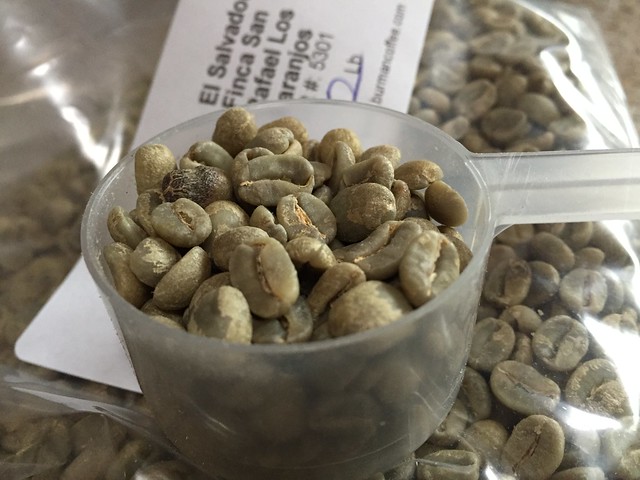コーヒー豆、その硬さが結構肝になるらしい。
コーヒー豆のランクにHard Bean/Soft Beanというのがあり、これは実は実際の豆の硬度ではなく、その豆が栽培された標高に関連付けられているんだそう。それは標高と豆の硬度には関連があり、標高が高いほど豆の硬度が増すのでこういったランク付けになっている。
んで、この記事はランク付けの"Hard Bean"ではなく、実際に硬い・柔らかい豆について一般論として説明したもの。一般的に標高が高い地域の豆は「高級」とされているけれど、それは、
Higher altitudes normally have lower temperatures. Of course, this also depends on how far a coffee is from the equator. But this is important because, even though coffee needs to grow in hot climates, the cooler it is the slower it ripens.
Since the coffee matures more slowly, it will become more dense than lower-altitude coffees. These kind of beans are more desired since the sugar content and flavors will develop more, giving it a good acidity. As for softer beans, these are grown at lower altitudes, mature faster, and are more porous because of the warmer temperatures.
それは標高が高いと気温が低いので、豆が熟れるまでに時間がかかることで糖度とフレーバーがより凝縮されるんだそう。んで、硬い豆の見分け方として、
Have a look at the green bean’s centre line. The more open it is, the softer the bean. If it’s closed, on the other hand, it has a high density structure.
豆の真ん中に縦に走る割れ目、これが閉じてるほど硬い豆。
Hard beans, he explains, react better than softer beans and so the flavour development is better. However, they are also more resistant to heat.
Soft beans, he continues to explain, have a bean structure that is less solid than hard beans. There are air pockets which slow down the inwards transfer of heat. Therefore, the surface of the bean could overheat, risking scorching, if the heat is too high.
んで、ローストの仕方(の一般論)として、硬い豆は熱に強いのではじめから高温でもいいけれど、柔らかいのは熱に弱く、表皮だけが焦げてしまったりするらしい。なので比較的低温で長めのローストが推奨。
今日開封したエルサルバドルの豆。
割れ目見たけど、これだけじゃ硬さはわかりませんw。とりあえずいつものローストで(つかうちのロースターじゃ別のプロファイルで、とか不可能w)推奨どおりFull City+まで。やたらシャフが多い豆であった。
